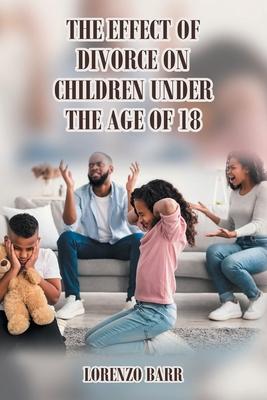Have you ever pondered upon the declining trust of humans in the institution of marriage? There has been a high rate of single parentship observed among the masses. The changing norms and cultures, changing concepts regarding parenting, and the spiking graphs of divorce highlighted the alarming situation of declining institution of marriage. The problem has been further invigorated by the declined institution of religion. High divorce rates in the United States over the past twenty years have resulted in numerous changes in American family life, with perhaps the most important consequences bearing on children whose families were disrupted. In 1970, 12 percent of American families with children under age eighteen were headed by single parents. By 1984, one-fourth of American families and nearly 60 percent of Black families were headed by single parents. Millions of other children live in two-parent but reconstituted families, separated from at least one biological parent. This pattern has led to the numerous consequences--including drinking, alcohol intake, tobacco use, and cannabis use (to relax their minds)--than the ones from married families. Every one of these factors expanded as the teenagers became older. An important distinction was that the rates of alcohol consumption among children from both family types would, in general, meet over the long run whereas the level of tobacco and marijuana usage in young ones from divorced families remained considerably elevated than those from complete families. It was also found that the perseverance of the negative psychological impacts of separation was especially higher for teenage ladies.
The book encapsulates the issue of collapsing institution of marriage and the increased divorce ratio in the society. These facts will then be connected with the way these practices of divorce affect the children psychologically, with special focus on those under eighteen years. The book will be divided into chapters that will proceed step by step toward the conclusions. The book shall also include the interview data of the individuals, including the parents and children to determine how they have perceived and accepted this change that occurs with finalization of marriage. Graphs and statistical evidences will be used.
The problem discussed in the book has been motivated by the declined institution of marriage due to a weakened religious institution. The book is overflowing with the Christian ideas and beliefs of the fundamental aspect of biblical faith to anthropology. The narrative in the book will extensively develop on the issue of collapsing institution of marriage and the increased divorce ratio in society. The book questions the ethical, social, religious, and political norms that have combined effect on the way rates of divorce are increasing and the way rates of declining trust has erupted among the people of God.
